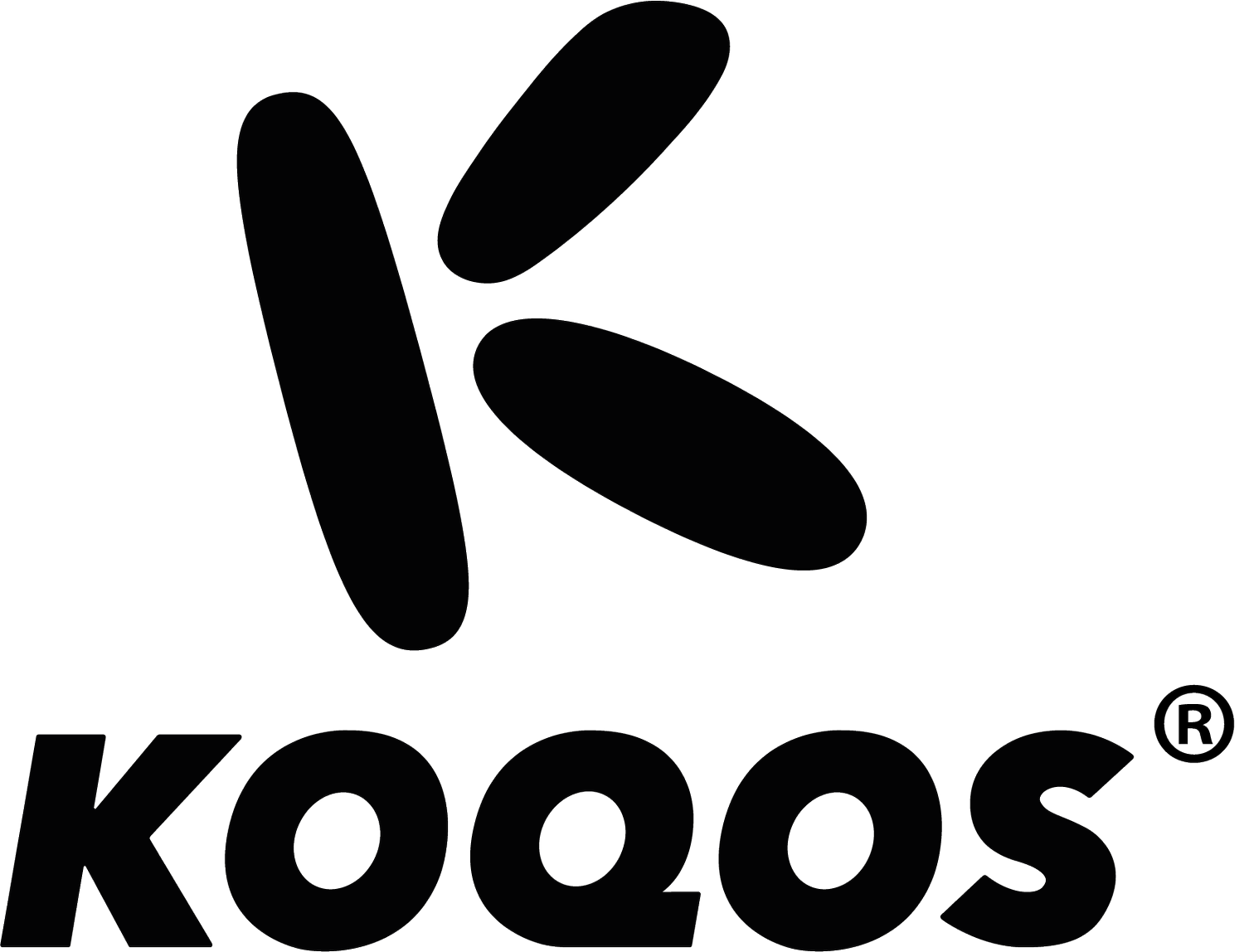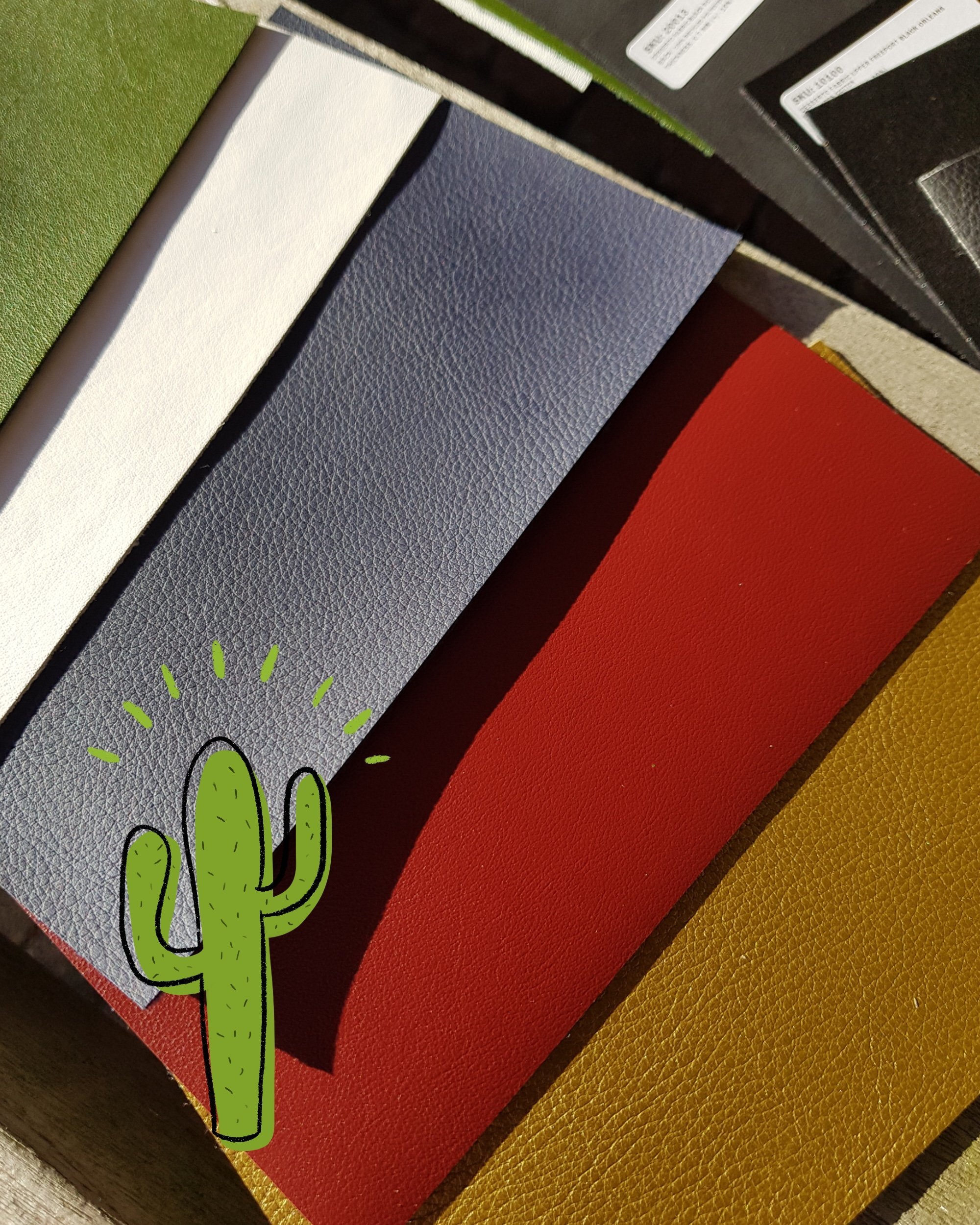An Introduction to Leather and its eco-friendly siblings
Leather is one of the most used materials in sneakers, but vegan and bio based materials are around the corner. Which one is right for you?
The use of footwear is thought to date back tens of thousands of years. What started as leather bags to shield prehistoric feet from rocks, debris and cold, evolved into sandals made from a variety of materials. The rise of the Roman empire pushed the development of functional footwear further by increasing comfort, durability and traction. Nowadays, sneakers have taken an important place in our society and impacts our everyday comfort, personal style and even status. Throughout all of these developments, one material has remained pretty much the same: leather. However, with increasing awareness around animal welfare and the environmental impact of leather, innovative leather alternatives are on the rise. Let’s take a look at the good, the bad and the future of leather and some of the alternatives, so we can find out which option is best for you.
The Reigning King: Animal Leather
At the moment, animal leather is still the reigning king and the one to be defeated in the category of sneaker upper materials. It has proven itself for thousands of years with an unparalleled durability, comfort and aesthetic quality. Over time, high-quality leathers can develop a patina with wear, which creates a signature sheen or antiquing effect. However, leather has been seeing increased ecological concern in recent years. The process that is involved with transforming animal hides into usable leather for footwear manufacturing is a complex and generally very wasteful one that includes the use of toxic chemicals. The keeping of livestock in mainly South America is also directly connected to the leather industry. Even though animal hides are seen as a natural by-product from the meat industry that prevents waste, the significant revenue from hides makes it a co-product rather than a by-product. Therefore, leather is still seen as a contributor to global greenhouse gas emissions and animal welfare is always a concern.
Secondly, leather is often not the natural material it is made out to be. To turn animal hides into a material that is useful for sneakers and doesn’t decompose in your closet, it has to undergo a series of processes, including the tanning stage. This process can have a significant impact on the environment and leather workers. Most hides are tanned using a chemical solution of acids and salts including chromium sulfate to transform the collagen structures inside the hide. This is done to make the material more durable and less susceptible to decomposition. It also keeps the leather supple and pliable and prevents it from discoloration or distortion when wet. However, this also results in a material that is not really biodegradable or compostable anymore.
Tanneries need to have the right infrastructure to prevent the dumping of waste that contains leftover chromium and other hazardous compounds that poses threats to the environment and the health of people. A lot of the leather tanning industry is located in developing countries like India and Bangladesh, where regulations are not in place and the funds are not there to provide a safe and healthy work environment.
In the end, leather can be a very high-quality and versatile material that excels in durability, comfort and look and feel, however, it also requires processes that cause most leather to be less natural and biodegradable than you might expect it to be, with possible negative impact on people, animals and the environment.
The Classic Substitute: Vegan Leather
The most used alternative to animal leather is ‘vegan’ leather that is made out of plastic. A study from the Global Fashion Agenda in 2016 states that this type of leather only has one thirds of the environmental impact that animal derived leather has, when comparing the two on chemistry, global warming, resource depletion, eutrophication and water scarcity. However, with it being a material that consists of plastics, a bunch of new problems arise. The use of petrochemicals leads to resource depletion and the use of the material can contribute to the microplastics problem. Furthermore, plastic leather might not have the same durability and look and feel as genuine animal leather. So, while plastic leather can be a good vegan solution, these leather alternatives should not be too quick to market itself as a super sustainable leather alternative for eco-conscious consumers.
New Kid on the Block: Plant Based Leather
Hopes for a truly more sustainable footwear material is being put on plant-based materials. Animal-free leather made from apples, corn waste, grapes and even cactus are taking the industry by storm. Currently, most of these materials still consist of a mix of bio-based and plastic materials to ensure durability in use. Especially in footwear applications, it is super important that materials are strong enough to withstand a lot of wear and tear and all kinds of weather conditions. Furthermore, sneakers have specific areas on the upper that experience lots of strain in use, which gives spots that are prone to cracking. Plant-based materials that are currently on the market are making big steps in the right direction in terms of look and feel. Durability is still subject to further development to ensure that our new shoes made from cactus, grape or apple can also last us a long time. Most of these bio-materials can often not fully biodegrade, because they are made with a mix of bio-based and plastic materials. This means they will most likely end up in landfill or incineration.
Startups like Mirum and MYCL are working on plant-based leather substitutes made with agricultural waste and mycelia that do not use any non-biodegradable plastics. These materials are very new and are now being introduced to the market at a small scale with specific industry partners like Adidas and even Hermès. In the end, plant-based leathers are a very interesting opportunity for future sustainable leather substitutes and I am excited to see how long it will take before more people are walking in fruit leather shoes. If you are interested in fruit leather shoes, take a look at MoEa sneakers that is currently running a campaign for their first sneaker line made with bio materials on kickstarter!
In this blog post, I gave you a first overview of leather and its vegan and plant-based substitutes. What will your next pair of sneakers be made from? In the coming blog posts, I will dive even further into how we can create leather that is better for people and planet and I will discuss an exciting new entrant: mycelium leather. Look for the articles about Desserto Cactus Leather and Vegea Grape Leather on this blog if you want to know more about these plant-based options as well. Thank you for reading!







